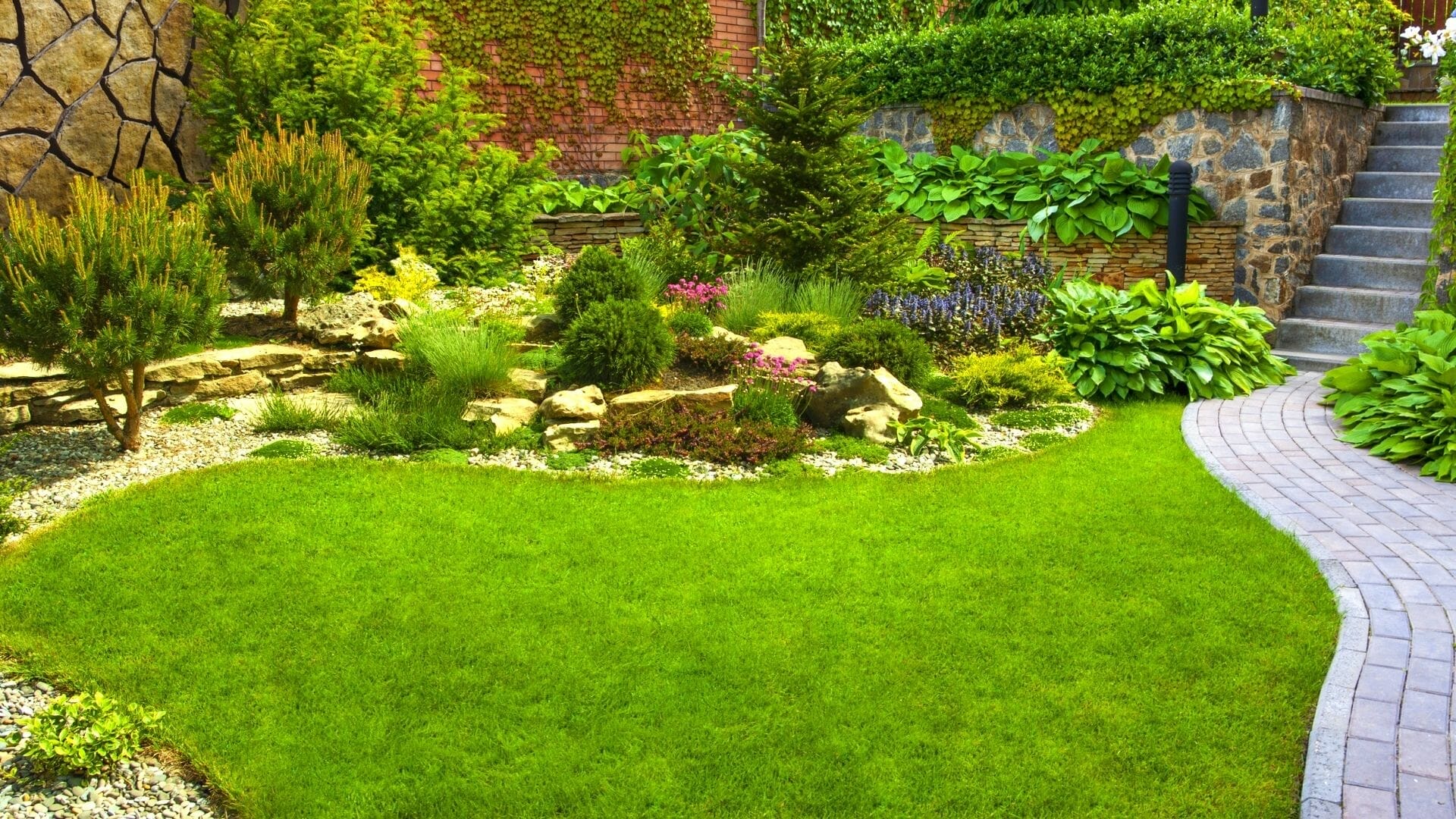Expert Landscape Design Services for Sustainable Exterior Change
Enhancing exterior spaces with specialist landscaping services can supply greater than just visual appeal; it can cultivate a lasting atmosphere that profits both residential or commercial property proprietors and the earth. From selecting native plants to carrying out water conservation strategies and utilizing environment-friendly hardscape solutions, the possibilities for lasting exterior change are large. By understanding the importance of upkeep techniques that sustain sustainability, specialist landscaping companies can truly make a long-term influence on the exterior rooms they deal with.
Benefits of Sustainable Landscape Design
Sustainable landscape design provides numerous environmental and economic benefits for both building proprietors and the area. By implementing sustainable practices such as xeriscaping, using native plants, and reducing water usage, homeowner can substantially minimize their ecological effect. These techniques not only save water but also promote biodiversity and lower the demand for unsafe chemicals and plant foods.

From an area viewpoint, sustainable landscaping plays a crucial duty in enhancing air and water quality, lowering city warm island effects, and giving environments for neighborhood wild animals. These benefits add to creating much healthier and much more lasting environments for every person to delight in.
Indigenous Plants Selection and Style
When planning a landscape style, picking native plants is crucial for enhancing sustainability and ecological community health. Native plants are adapted to the neighborhood climate, soil problems, and pests, making them low-maintenance and much more resistant to thrive in their native environment. Incorporating native plants into landscape design designs not only improves biodiversity yet also supports pollinators, advantageous pests, and local wild animals.
Designing with indigenous plants involves careful consideration of aspects such as plant dimension, growth behavior, bloom time, and water requirements to produce a aesthetically enticing and lasting landscape. By choosing a diverse choice of native plants, landscape designers can produce well balanced ecosystems that attract a variety of species and contribute to the overall health and wellness of the atmosphere.
Moreover, indigenous plants can aid decrease water usage, decrease the requirement for chemical pesticides and plant foods, and enhance soil quality with their natural processes. With appropriate option and layout, native plants can change outdoor spaces into flourishing, sustainable landscapes that benefit both the environment and the community.
Water Preservation Methods
Integrating native plants into landscape design makes not just improves biodiversity but also sustains pollinators, beneficial pests, and neighborhood wild animals, which underscores the importance of implementing water preservation methods in landscaping practices. Water preservation is vital for sustainable exterior rooms, particularly in regions vulnerable to drought or water scarcity. One reliable method is using drip watering systems, which provide water directly to the plant's origin zone, minimizing dissipation and overflow. Mulching is another useful method that aids maintain soil dampness, reduces weed growth, and boosts soil health.

Eco-Friendly Hardscape Solutions
The application of environmentally mindful materials in hardscape design is a critical element of producing lasting exterior rooms. Green hardscape options encompass a series of practices targeted at minimizing ecological effect while enhancing the aesthetics and performance of exterior locations. Including materials such as permeable pavers, recovered timber, recycled plastics, and natural rock can substantially reduce the ecological impact of hardscape setups.
Permeable pavers, for instance, enable rain to leak into the ground, reducing overflow and avoiding water air pollution - Landscaping San Marcos. Recycled plastics can be transformed right into low-maintenance and durable hardscape aspects, supplying a sustainable choice to conventional products.
Maintenance Practices for Sustainability
To promote the ecological honesty of green hardscape services, implementing calculated upkeep practices is crucial for guaranteeing lasting sustainability in outdoor landscape design projects. Normal maintenance not just preserves browse around this web-site the aesthetic allure of the landscape but also adds to its total sustainability by lowering environmental effect.
One secret maintenance method for sustainability appertains watering monitoring. Efficient watering strategies, such as drip watering systems or rain discover here harvesting, help conserve water and promote plant health. Furthermore, routine assessment and change of watering systems can protect against water wastage and ensure ideal hydration for plants.
An additional crucial aspect of sustainable maintenance is the accountable use pesticides and plant foods. Going with natural plant foods and utilizing integrated pest management techniques reduces damaging chemical overflow into the environment, guarding both plant and environment balance.
Furthermore, regular cleansing and maintenance of hardscape functions like permeable pavers or rock paths avoid debris build-up and preserve performance while supporting water seepage and drain, thus lowering the danger of disintegration and flooding. Landscaping San Marcos. By adhering to these lasting upkeep methods, outside landscapes can thrive sympathetically while decreasing their environmental footprint
Conclusion
Finally, sustainable landscape design supplies various benefits via using native plants, water conservation strategies, eco-friendly over here hardscape remedies, and lasting maintenance techniques. By applying these methods, outdoor rooms can be changed into environmentally-friendly and aesthetically pleasing locations that support biodiversity and lower environmental effect. Investing in professional landscaping solutions that focus on sustainability can result in long-term advantages for both the setting and homeowner.
From selecting indigenous plants to carrying out water preservation methods and utilizing green hardscape remedies, the opportunities for sustainable outdoor change are huge. By applying lasting practices such as xeriscaping, using native plants, and reducing water usage, residential property proprietors can significantly decrease their environmental effect. Water conservation is vital for lasting exterior rooms, specifically in areas vulnerable to dry spell or water deficiency. By applying these water preservation strategies, landscape design specialists can develop gorgeous, sustainable outside areas that profit both the atmosphere and the area.
In final thought, sustainable landscaping uses many advantages via the usage of indigenous plants, water preservation strategies, green hardscape solutions, and sustainable maintenance practices.